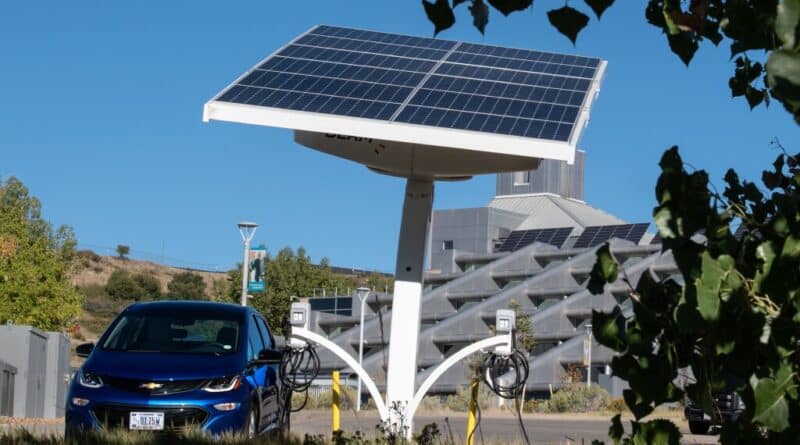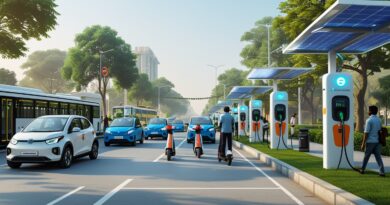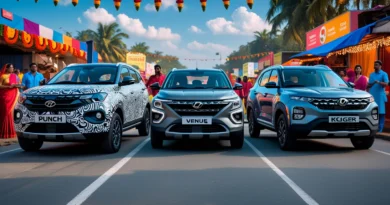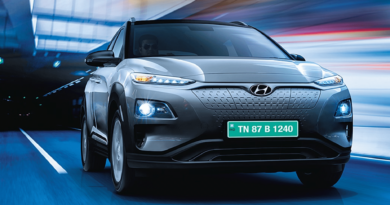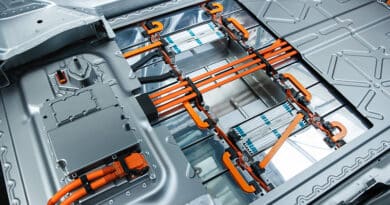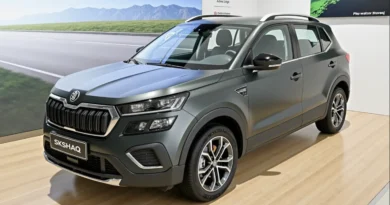From Fuel to Photovoltaics: How Photovoltaic Technology can be used in Transport
Why is Photovoltaic Technology used in Transports? What is PV Technology? Organic photovoltaics (OPVs), a novel area of photovoltaic technology, is gaining popularity due to their lower cost, lower material toxicity, and lesser environmental effect than existing commercial silicon solar cells. Another cutting-edge technology that can increase the power of electric vehicles is photovoltaic glass.
In this article, we discussed PV Technology. If we want to know more about this technology, Just read the article.
What do we mean by the term PV Technology?
To produce electricity, photovoltaic (PV) technology uses devices that take in solar energy and transform it into electricity utilizing semiconductor materials. These solar cells are linked together to create modules, which may produce larger amounts of electricity. Electrons will absorb the energy from the photons and produce electricity when electromagnetic radiation is directed at the surface of a solar panel at a frequency greater than the cutoff frequency.
If the radiated frequency is below the cutoff frequency, electrons won’t emit because they lack the energy needed to pass. Photoelectric electrons are those released as a result of electromagnetic radiation.
Use of Photovoltaic Technology in Transportation
Available photovoltaic technologies cannot produce enough energy to power electric buses and cars fully. However, they will increase the need for power, extending the life of batteries and producing electricity for things like air conditioning and a stereo. A photon that strikes a surface constructed of particular materials releases an electron, which is how photovoltaic technology, also known as PV, converts light into electricity. It is not like solar thermal, which warms fluids using sunshine.
- Public transportation
It is crucial to transform public transportation, especially in urban areas. Cities are responsible for more than two-thirds of the world’s carbon dioxide emissions, as reported by the New York Times.
Although the bus does not have solar panels, the battery is recharged using solar energy at the major bus station before the bus departs on its trip throughout the town. The world’s first photo voltaic bus was developed in Australia in 2013. The ideal method to make a solar cell for transportation as efficient as possible is to use them both on and surrounding the vehicle, just like electric automobiles.
Putting Pv panels on car rooftops is advantageous to aid in charging electric batteries because cars spend the vast majority of their time out front, either while parked or while moving. Even though this does not now produce enough electricity to power the car completely, this can help with extras. Some automakers are already using solar panels to support electric batteries. For instance, the photovoltaic system on the top of the Toyota Prius connector charges the battery while the car is parked. The air conditioning and satellite navigation are then powered by solar energy.
As an alternative, parking lots that charge electric vehicles may install PV-covered carports so that the electricity they produce comes from solar energy. These carports would not only shield the car from environmental harm, but they’d also produce electricity. These Photovoltaic panels can be deployed in several settings, such as supermarchés, malls, or toll booths on the highway.
- PV Tech Aircraft
The Department of Transportation’s 2021 Annual Report states that global aviation emissions climbed by 138% between 1990 and 2019. Thirty-seven thousand tons of co2 equivalents are now released by them. Despite some people’s hopes, the idea of solar-powered aircraft is currently impractical.
How many photovoltaic systems can fit on the flaps will determine how much power the jet can generate. The Solar Impulse had a wingspan of 71.9 meters and more than 17,000 solar panels on its flaps, but this could only hold the pilot. Despite being able to travel around the globe entirely on solar power. It indicates that it is currently impossible to fly on a solar plane.
It hasn’t, however, diminished enthusiasm for solar flight. There is ongoing interest in solar flying despite its current limits as the US Government is constructing a new solar-powered craft that can fly autonomously for 90 days. These aircraft might not be able to transport large amounts of freight or even individuals, but they can be used as communication relays or to take pictures.
- trains with solar power
- The US approaches a train powered by solar energy.
Think again if we believed that buses and smaller automobiles were the only vehicles that could use solar power. Tam Hunt, a specialist in renewable energy policy, just finished creating the master plan for a solar-powered train in California. Hunt suggests installing solar roofs over miles of railroad track to assist in powering the electric train. Fortunately, unlike cars, trains are already electric, so all that is needed is to produce additional electricity.
The solar canopy, which generates 1 million megawatts, could supply 2 million passenger miles of train travel if erected on every railway mile. Undoubtedly, solar energy has a huge potential to replace fossil fuels.
- Japan’s efforts to power its trains using solar energy
To generate 1000 KW for energizing its station and yards, East Japan Train Company announced that solar panels would be installed on empty yards. Other solar panels would be erected in Keiyo Rolling Stock Centre to produce 2,700 KW per hour. It might be more than adequate to supply around 270 daily households or run the trains on their Yamonate Line.
The potential of solar energy in transportation
If transportation electrification is the future, it shouldn’t rely entirely on the electrical grid. For transportation to significantly influence carbon emissions, electricity must be produced using renewable energy sources, such as solar power. Although the number of solar panels installed on a vehicle limits the usage of solar electricity for transportation, inventive new strategies for utilizing solar energy are being developed.
Polymer solar cells have been developed due to recent advances in organic semiconductors (PSCs). Flexible or semi-transparent solar panels made from effective PSCs are made using NextGen Nano’s patented, proprietary technology and fit many different uses in the transportation sector. These PSCs are also less harmful to the environment than current silicon-based cells, which generate dangerous substances, including lead, silicon tetrachloride, and cadmium compounds, during production and disposal.
Conclusion
We sincerely hope reading through this PV Technologies topic helps us learn something. Finally, we merely concluded by stating that, regardless of where perspective, solar energy is the future of the transportation sector. As more businesses utilize technology, things will improve, and solar-powered autos, buses, and trains will become commonplace.

